 7292
7292
Choosing a uniform style can prove difficult for some whereas others have a clear vision of which pattern they want. But do you know the story behind each pattern?
In the early days of conflict, armies wore brightly colored uniforms in bold primary colors like Red and Blue to easily identify who was on what side from afar so you didn't end up stabbing your buddy with a bayonet from behind on accident. (Oops! Sorry man- walk it off!) The British were the first to break this tradition and abandoned their fire engine red uniforms for Steve Irwin's favorite color - KHAKI! Making the switch helped them better blend into the landscape as they entered battle in India. Need a visual? Remember the crazy Safari hunter guy that popped out of Jumanji with the awesome hat? Yeah.

ANYWHO- Let's fast forward to more recent uniforms... For the sake of relevance, we're gonna focus on the US military uniform patterns, cus... well... MURICA!
WOODLAND CAMO! Or officially- M81 - The go-to first uniform


Developed in 1948, members of the Army, Navy, Marines and Air Force have all donned this glorious pattern but (thankfully) it's been phased out for more appropriate colors that actually allow our military to blend in. Cus let's be real- unless you're going to wade neck deep in the sand of Afghanistan toward the enemy, you're gonna stick out like a shoe in a pile of legos.
While the US Armed Forces don't see much use for this pattern anymore, other nations and renegade armies have adopted it. Probably because there was so much of it in the Army Surplus and less for its super camouflaging abilities.
Next on the docket? Chocolate Chip Desert Camo!


Cus everybody wants to be dressed like a big ol' cookie! It's official moniker is "Six Color Desert Camo" and was used by various branches from the 80s-mid 90s for conflict in Israel but it really took off in military popularity during the Persian Gulf War (but only because the updated THREE Color Desert Camo version wasn't ready yet). Just like with the Woodland Camo pattern- once the US stopped using it, other nations like China, Egypt, Spain and Saudi Arabia (Arabian nights! Like Arabian daaaaays! sorry... back to the topic) stepped in to make a knock-off version of this pattern.
Three Color Desert Camo - The Chocolate Chip without the Chips

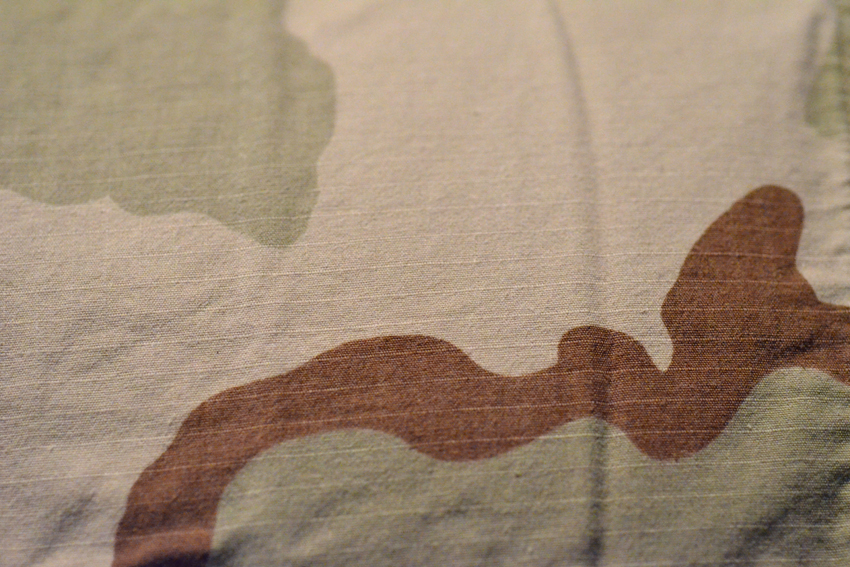
Also known as the DCU, most people think of this pattern when you say Desert Camo (not to be confused with Desert DIGI Camo though... that's coming up). Thankfully, the military realized that they needed a pattern better suited for open landscape desert combat and in 1989 they sampled the soil and sand in Kuwait to design this bland coloring. Side note- if you hear a veteran reference "Coffee Stain Camo"- this is it.
Introduced across all branches in 1992- it was the primary issued uniform until 2002/2004 for the Marines/Army respectively and the Navy and Air Force held onto it for dear life until 2010/2011. The Coast Guard still prefers for desert environments.

English lesson! We're gonna side step a minute and explain MARPAT cus you're gonna hear it a lot in the next few patterns and if you're like me- I love a good acronym.
MARPAT was introduced by the Marine Corps as a digital pixel style pattern based on the Canadian CADPAT. It's believes that these pixelated pattern styles are better at mincing the various textures of the environment. The pattern is patented by the USGovernment and is exclusive to the US Marine Corps branch. "[The US Marine Corps] want to be instantly recognized as a force to be reckoned with. We want [the enemy] to see us coming a mile away." - Marine Spokesman on the MARPAT pattern. Badass.
But... but... OTHER branches have a digital style! LIARS! Let's cover that too real quick. Yes- the Army has the ACU, the Air Force has the ABU and the Navy has the BDU/NWU. They are all digital patterns, but are a completely different color palette than the Marines MARPAT. Imitation is the sincerest form of flattery right?
Moving on...
Woodland & Desert MARPAT - The Official Patterns of the US Marine Corps!
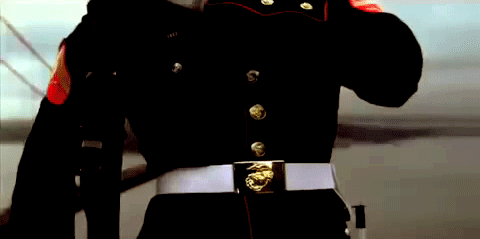


MARPAT and the Canadian CADPAT were influenced by the "Tiger Stripe" pattern worn during the Vietnam War era but it still took them over 150 pattern trials to narrow it down enough to give the options to the USMC's Scout Snipers for trial. Essentially, they dressed volunteers in the various trial patterns and then had trained expert sniper spotters search for the volunteers in various environments. The longer it took the spotters to see them- the higher the rating on the pattern. These options won out and were released in 2002.
Fun facts- The Official MARPAT patterns have small Eagle, Globe and Anchor symbols periodically embedded in the pattern. And the only color to be featured in BOTH the Woodland and Desert MARPAT patterns was once available as a paint color for your home released (and discontinued) by Ralph Lauren!
The widely available sibling to this pattern is considered "Desert Digi Camo"
Universal Camo (UCP) - Commonly confused for ACU
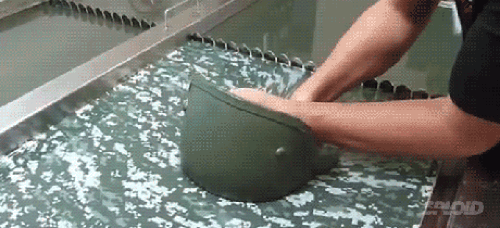

The UCP and ACU patterns came out at the same time so they are often confused with each other- but the UCP was the Army's replacement for the Woodland Camo pattern in an attempt to develop a single pattern suitable for a large variety of combat environments. Interestingly enough- it was still released in 2004 even though it scored the lowest of all test patterns by the Army (the Feds pushed it through if you're curious why). After it's 2014 release to troops stationed in Iraq and Afghanistan- it was quickly replaced by the Crye Multicam Pattern (also known as "Operation Enduring Freedom Camouflage Pattern" or OEFCP. But that's a mouthful, so we'll just call it Multicam).
Crye Multicam, OCP & Scorpion W2 - the common favorite for Airsofters
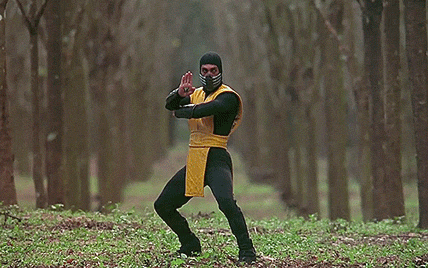

Crye Precision developed the pattern under the name "Scorpion" back in 2002 for the US Army and was chosen as the first choice in the camo trials mentioned above in UCP. This pattern proved to be too expensive and they went with the cheapest option instead. In an attempt to bring down the costs and provide the best uniform option to soldiers, Natick (Crye was no longer under contract at this time) made a few changes and released the Scorpion W2 version.
The variety of shapes and splotches of greens, tans and pinks allow soldiers to transfer between rocky, sandy and heavy vegetation environments without switching uniforms. Since the release of the MultiCam pattern, other nations have adopted it due to its success. UK, Australia and Russia to name a few.
To best cater to those armed forced personnel who are regularly stationed in more specific environments- Crye Precision developed variations such as Arid, Tropic, Alpine and Black (for law enforcement and tactics teams).
AOR I/AOR II - Also known as the Naval BDU


The Navy developed their own digital camo patterns (3 to be exact) for their soldiers. The NWU (Naval Working Uniform) is navy blue and gray and was designed to reflect their heritage at sea and to blend them into the grey ship environment (and hide fresh paint stains- cus those ships need TLC!) Just like the Official MARPAT pattern- the NWU has the US Navy symbol embedded throughout the pattern and anything available to the public is slightly off-colored from this pattern and is without the symbol.
The AOR I and AOR II were developed for the SEALS and SWCC (Special Warfare Combatant Craft Crewmen - they support the SEALS by getting them to and from their missions. Ever see the movie Act of Valor? SWCC are those guys who go nuts with the machine guns on the boats.) AOR I is the closer cousin to Desert MARPAT and the AOR 2 has the light/dark green, brown and tan coloring.
A-TACS - The Favorite Child of the Uniform Family


No- not Tic Tac, A-TACS. Since it's release, there has been a wide spread adoption across military branches, law enforcement and special operations groups - not to mention airsofters were quick to replace their existing load-outs to A-TACS!
The A-TACS AU is the option you see most often in it's desert coloring. There is also the FG, LE, iX and AT-X pattern options as well dependent on its use and intended environment.
Fun Fact- you can even get your gun hydro-coated in A-TACS or vinyl coat your vehicle in it! Go on- Go Camo Crazy! I know you want to....
KRYPTEK - Cus who doesn't wanna look like a badass soldier snake?! HISS!
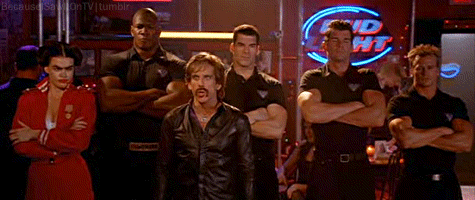

Founded by US Army Pilots, Kryptek Outdoor Group was created to develop camo patterns and other clothing that could be used for both combat and hunting, cus they're kinda the same... right?
They developed a number of pattern styles for a variety of environments and uses included Nomad (the one you see most often with tan and brown), Highlander - THERE CAN ONLY BE ONE!, Mandrake, Typhon (no... not a misspelling. That's how they spell it), Yeti, Raid, Banshee, Altitude, Neptune and Pontus. Can we just step back for a minute and truly appreciate the AWESOME pattern names here?!? So sir- what are you wearing today? Oh this? This is Banshee. Tomorrow I may wear Mandrake, idk. NBD.
While Kryptek was in the running as the Army's new uniform style- the Army chose the Scorpion W2 MultiCam pattern instead. And just like the A-TACS, you can dip your gun and accessories in any of the of Kryptek's patterns!
HYPERSTEALTH - The future of fractal camo?
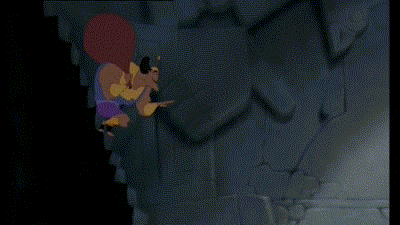

Hyperstealth BioTech Corp may be introducing the future of digital fractal camo patterns having developed an nearly endless amount of patterns (over 12,000 to date) after being commissioned by King Abdullah II of Jordan, Canada, Slovenia, Afghanistan, Peru and Mexico to name a few. They've also begun signing contracts to develop patterns for hunting gear companies.
They've even starting developing color-changing "SmartCamo" via their patented Quantum Stealth camo technology. They have yet to release any details on this technology and has shut down cloth and uniform ordering for the time being- and I don't know about you- but we SUPER excited to see what happens to the future of camo patterns with Hyperstealth in the mix!
Hope you found this info not only helpful, but entertaining! Now head out, gear up and wear your uniform pattern with this new knowledge of how it came to be! Or... ya know... see something else you like more.

*Thanks to ITSTactical for this helpful info!



